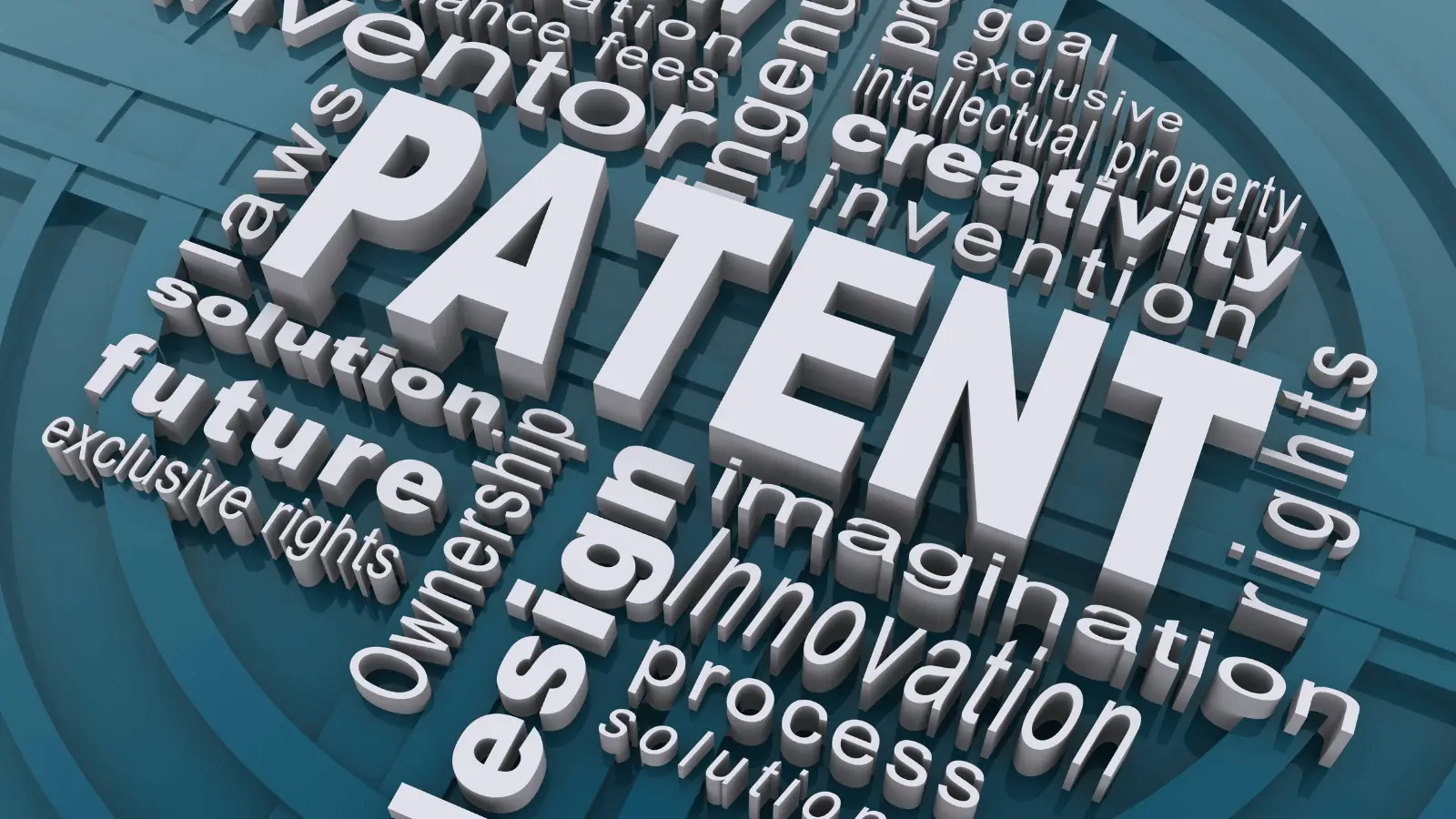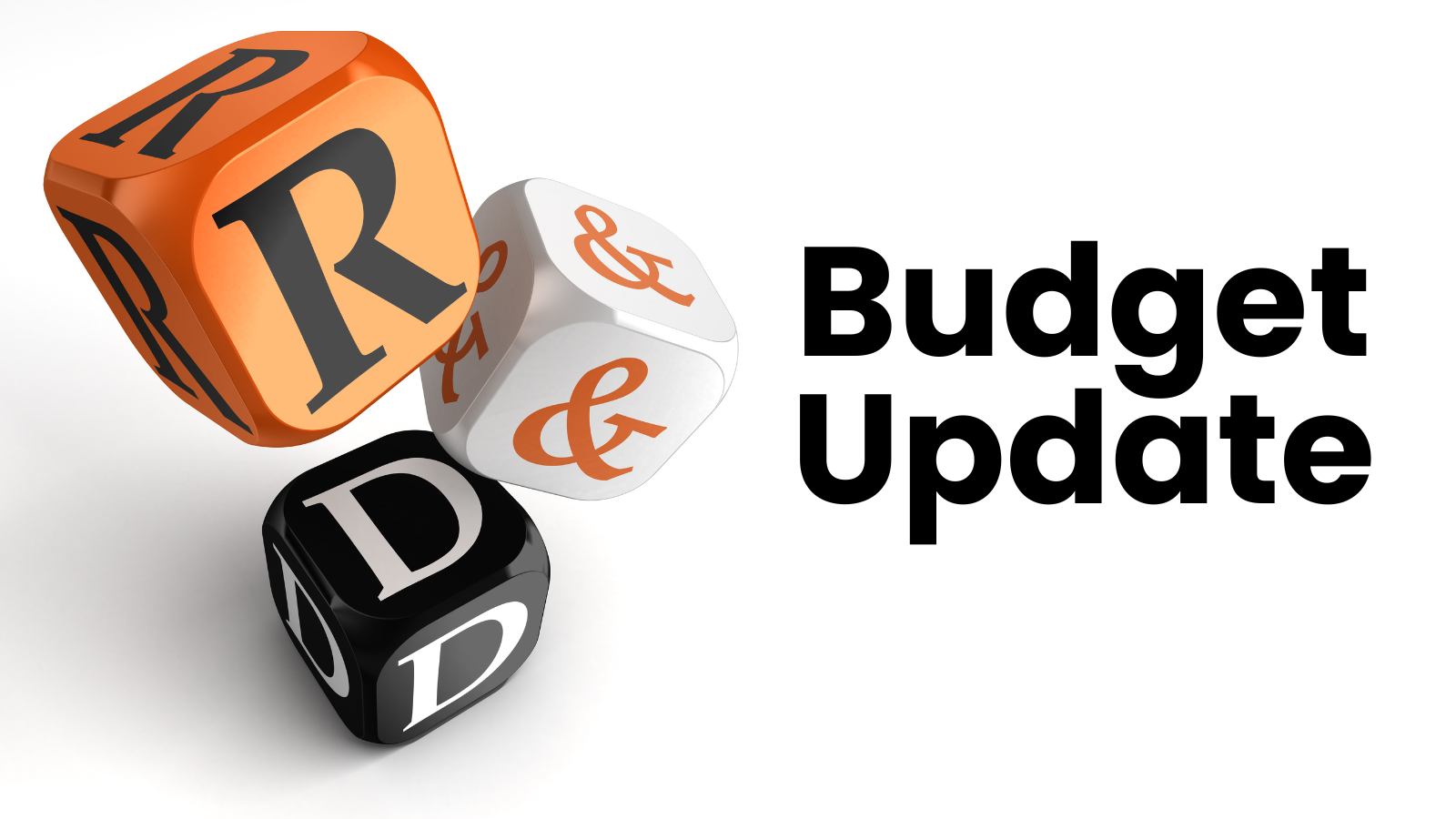
Patent Box Relief – Enabling Tax Savings from Patented Technology or Processes
16 Jul, 20252 minutesWith more than 25 years’ tax experience, Kay Oldham, R&D tax director at accountin...

With more than 25 years’ tax experience, Kay Oldham, R&D tax director at accounting and tax advisory firm JS, looks at how engineering and technology companies can benefit by making the most of Patent Box Relief.
In a time of rising costs, global uncertainty, and intensifying competition, engineering and technology businesses are being pushed to do more with less. With the cost of running a business increasing and growth challenges, companies must ensure they are exploring every opportunity to reduce their tax burden, to reinvest and innovate.
One such opportunity that remains underutilised is Patent Box Relief (PBR). This tax incentive can lead to a significant reduction in Corporation Tax, offering businesses who Patent or Exclusively Licence patented technology or processes, an essential mechanism to reduce corporation tax, which helps derisk future research and development. PBR can often be claimed alongside R&D tax relief.
What is Patent Box Relief?
PBR allows qualifying companies to apply a lower rate of 10% Corporation Tax to qualifying profits attributable to patented inventions, resulting in a tax saving of up to 15% on relevant profits attributable to income derived from patented processes, technologies or equipment.
With the Corporation Tax rate having risen from 19% to 25% for many companies, the potential value of PBR has never been greater, yet many qualifying companies remain unaware of their eligibility or underestimate what can qualify for relief.
For companies operating in an industry where intellectual property, innovation, and process development are central to business models, PBR should be considered a strategic tax tool and explored as part of a company’s tax strategy.
What income can qualify?
Patent Box Relief can apply to relevant profits arising from a range of income streams, including:
- Sales of patented products, including those that incorporate patented components or technology
- Sales of bespoke spare parts linked to patented equipment
- Licensing of patent rights
- Sale of patent rights
- Infringement income or damages received
- Insurance or compensation payments related to patented technology
In addition, businesses may be able to claim PBR via a lesser known ‘notional royalty’ mechanism. This allows a company to apply the relief to relevant profits that arise not from selling a patented product, but from efficiency gains or increased outputs made possible by patented processes or technologies. For example, if a patented engineering process enables faster production with fewer materials and more outputs, the increase in attributable profits, subject to certain tax adjustments, could qualify for relief.
Similarly, service providers using patented systems or tools to deliver services more efficiently may also be able to benefit, providing the link to the patented process or technology can be demonstrated and evidenced.
Who can claim?
To qualify for PBR, a company must be subject to UK Corporation Tax, own or exclusively license patents granted in the UK or EU, have undertaken qualifying development work relating to the patent, and have generated profits from exploiting those patents or associated processes.
Importantly, the company must elect into the Patent Box regime within two years of the end of the relevant accounting period. PBR cannot be claimed until the patent is formally granted however, once granted, relief can be applied retrospectively, to cover profits dating back to the accounting year of application, up to a maximum of six years.
Combining Patent Box and R&D tax relief
Many engineering and technology businesses already claim R&D tax relief, but few realise this can often be claimed alongside PBR. These reliefs are not mutually exclusive and, in fact, the research and development activities that support a strong R&D claim often feed directly into the innovations that can later be patented.
A coordinated, planned and structured approach to both reliefs allows companies to maximise the value of the tax relief claimed on their intellectual property, whilst ensuring that tax savings can be reinvested into areas to further innovate, develop and grow, to drive competitive advantage.
The Patent Box regime is complex, but the potential rewards are significant. For businesses in the engineering and technology sector, where technical innovation and IP are at the heart of operations, this relief can unlock meaningful financial benefits, support strategic investment, and provide a buffer in an increasingly volatile trading environment.
Many companies may be put off from claiming PBR, with the perceived complexities deterring those who are eligible. Additionally, with the majority of PBR claimed by larger businesses, SMEs may think the scheme doesn’t apply to them. However, engineering firms of all sizes can reap the benefits, and the tax savings can continue to flow year-on-year. Engaging specialist support in this area can make the process much easier and less time consuming for companies that can benefit from PBR.
Unlock the Benefits of Patent Box Relief
If you would like to discuss whether your business may be able to qualify or want to explore how Patent Box Relief could support your innovative tax relief strategy, our tax experts are here to help.
Contact Kay Oldham at kay.oldham@teamjs.co.uk or Rory Fothergill at rory.fothergill@teamjs.co.uk to discuss how to potentially enable significant tax savings through patented technology, products or processes.


